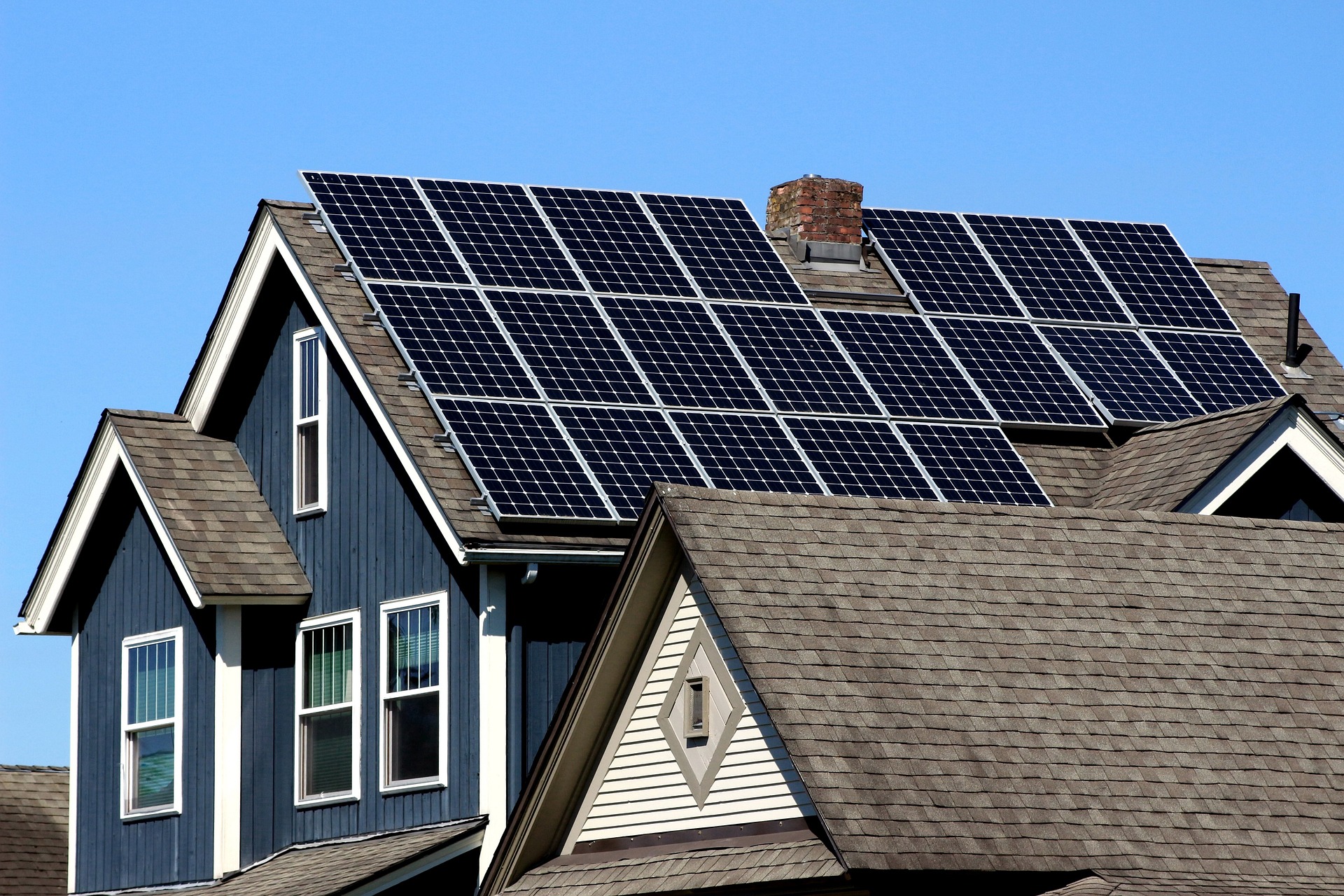Are 2025 Prefabricated Homes the Future of Affordable Housing in the UK?
The UK housing crisis has reached unprecedented levels, with property prices soaring beyond the reach of many first-time buyers and families. As traditional construction methods struggle to meet demand, prefabricated homes are emerging as a compelling solution that could reshape the British housing landscape. These factory-built dwellings promise faster construction times, reduced costs, and improved energy efficiency, making homeownership more accessible to a broader segment of the population.
Prefabricated homes represent a significant shift from conventional construction methods, offering manufactured housing solutions that address many of the challenges facing the UK property market. Unlike traditional builds that can take months or even years to complete, prefabricated houses are constructed in controlled factory environments before being transported and assembled on-site. This innovative approach has gained considerable traction across Europe and North America, and now UK developers are increasingly recognising its potential to tackle the nation’s housing shortage.
What Makes Prefabricated Houses Different from Traditional Homes?
Prefabricated houses differ fundamentally from conventional construction in their manufacturing process and assembly methods. These homes are built using standardised components in factory settings, where weather conditions, material quality, and construction timelines can be precisely controlled. The modular nature of prefabricated construction allows for greater consistency in build quality while significantly reducing construction waste. Modern prefabricated houses incorporate advanced insulation systems, energy-efficient windows, and sustainable materials that often exceed the thermal performance of traditionally built homes. The precision manufacturing process also enables better integration of smart home technologies and renewable energy systems from the outset.
Where Can You Find Prefabricated Houses for Sale in the UK?
The market for prefabricated houses for sale has expanded considerably across the UK, with numerous manufacturers and developers now offering various options. Established companies like Huf Haus, Baufritz, and ScandiHus have been serving the UK market for years, providing high-end prefabricated solutions. More recently, British companies such as ilke Homes, Legal & General Modular Homes, and Urban Splash have entered the market with more affordable options targeting first-time buyers and social housing providers. These homes are available through various channels, including direct sales from manufacturers, specialist estate agents, and increasingly through major property developers who incorporate prefabricated units into larger housing schemes.
How Do Images of Prefabricated Houses Compare to Traditional Homes?
Images of prefabricated houses today showcase designs that are virtually indistinguishable from traditionally built properties, dispelling outdated perceptions of temporary or inferior construction. Modern prefabricated homes feature contemporary architectural styles, high-quality finishes, and customisable exteriors that blend seamlessly into existing neighbourhoods. The visual appeal has improved dramatically, with manufacturers offering everything from sleek minimalist designs to traditional British cottage styles. Many prefabricated houses now feature large windows, open-plan layouts, and premium materials that create bright, spacious interiors comparable to luxury traditional builds. The factory construction process also allows for precise installation of fixtures and fittings, resulting in clean lines and professional finishes throughout.
What Are the Environmental Benefits of Prefabricated Construction?
Prefabricated construction offers significant environmental advantages over traditional building methods, aligning with the UK’s net-zero carbon commitments. Factory production reduces material waste by up to 90% compared to on-site construction, as precise measurements and controlled environments minimise errors and off-cuts. The shorter construction timeline means reduced carbon emissions from transportation and machinery use on-site. Many prefabricated houses incorporate sustainable materials such as cross-laminated timber, recycled steel, and high-performance insulation that exceeds Building Regulations requirements. The precision manufacturing process also enables better integration of renewable energy systems, heat pumps, and smart home technologies that further reduce the environmental impact throughout the building’s lifecycle.
How Do Costs Compare Between Prefabricated and Traditional Homes?
The cost structure of prefabricated homes differs significantly from traditional construction, with potential savings in both initial purchase price and long-term operating costs. Factory production enables economies of scale that can reduce material costs by 10-20% compared to traditional builds. Labour costs are also typically lower due to the controlled factory environment and reduced on-site construction time. However, transportation and crane costs for assembly can add £10,000-£20,000 to the total project cost. Energy efficiency improvements in prefabricated homes often result in utility bill savings of 30-50% compared to older traditional properties.
| Home Type | Provider | Size | Cost Estimation |
|---|---|---|---|
| Modern Modular | ilke Homes | 2-3 bed | £150,000-£250,000 |
| Timber Frame | Baufritz | 3-4 bed | £200,000-£400,000 |
| Steel Frame | Legal & General | 1-2 bed | £120,000-£200,000 |
| Luxury Prefab | Huf Haus | 4-5 bed | £300,000-£600,000 |
| Social Housing | Urban Splash | 2-3 bed | £100,000-£180,000 |
Prices, rates, or cost estimates mentioned in this article are based on the latest available information but may change over time. Independent research is advised before making financial decisions.
What Challenges Face Prefabricated Housing Adoption in the UK?
Despite their advantages, prefabricated houses face several challenges in the UK market that may impact their widespread adoption. Planning permission can be more complex for prefabricated homes, particularly in conservation areas or locations with restrictive design guidelines. Mortgage lenders have historically been cautious about financing prefabricated properties, though this is gradually improving as the sector matures. The initial setup costs for manufacturers are substantial, requiring significant investment in factory facilities and transportation infrastructure. Additionally, the UK’s skilled labour shortage affects both traditional and prefabricated construction, though factory-based production may be less vulnerable to weather-related delays and site-specific challenges.
Prefabricated homes represent a promising solution to the UK’s housing crisis, offering faster construction times, improved energy efficiency, and potentially lower costs than traditional building methods. As technology advances and consumer acceptance grows, these factory-built homes are likely to play an increasingly important role in addressing the nation’s housing shortage. The combination of environmental benefits, cost savings, and improved quality control makes prefabricated construction an attractive option for both developers and homebuyers seeking affordable, sustainable housing solutions.





